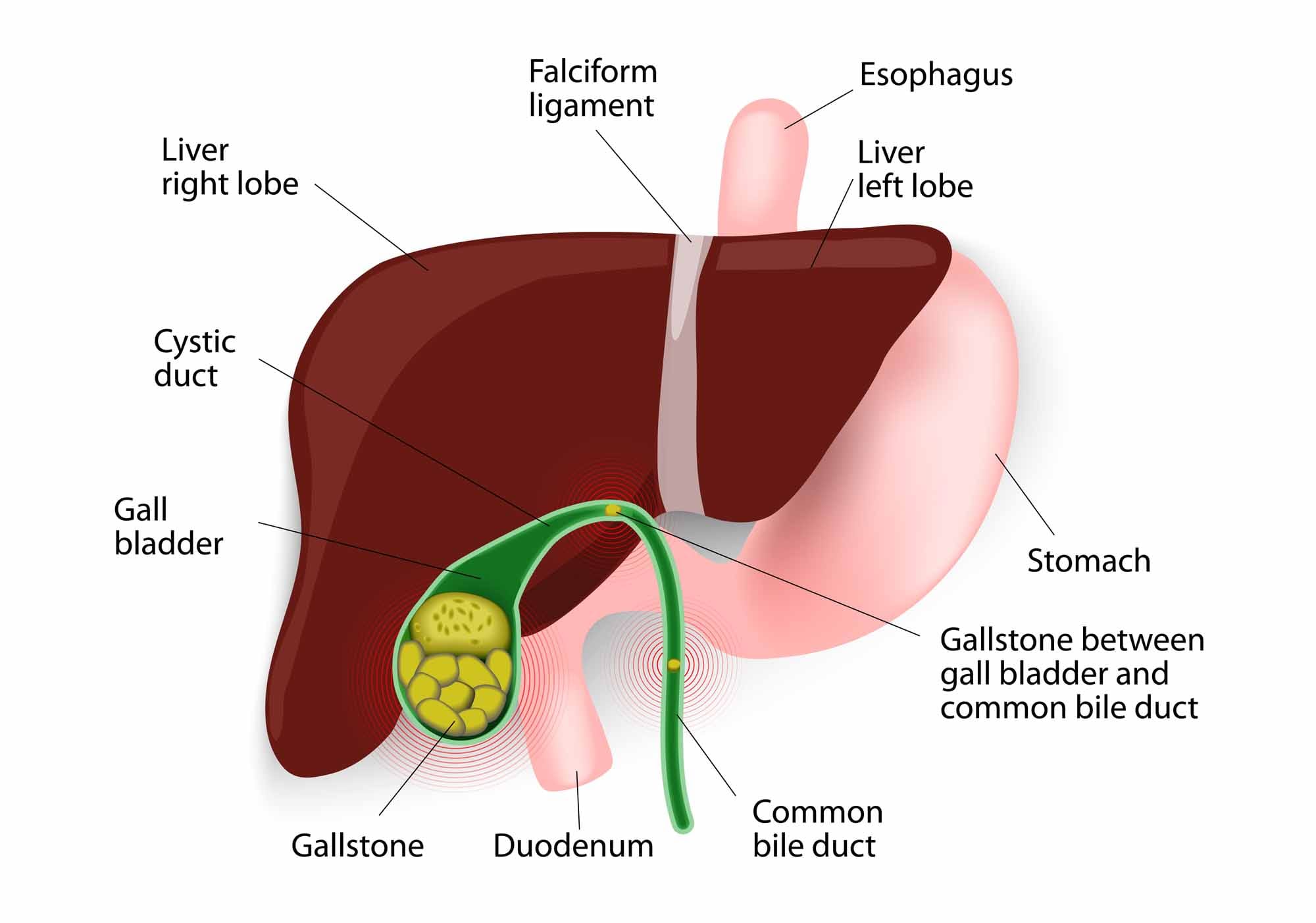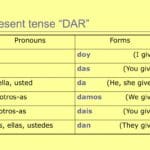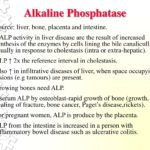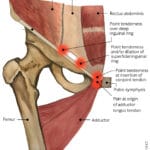This comprehensive guide provides detailed information about the gallbladder (“vesícula biliar”) in Spanish, covering its anatomy, function, common problems, symptoms, diagnosis, and treatment. Understanding this information empowers Spanish-speaking individuals to make informed decisions about their well-being and effectively communicate with healthcare professionals.
¿Qué es la Vesícula Biliar?
La vesícula biliar, a small, pear-shaped organ located beneath the liver, plays a vital role in digestion. It stores and concentrates bile, a fluid produced by the liver that aids in the breakdown and absorption of fats. When you consume fatty foods, the gallbladder releases bile into the small intestine to facilitate this process.
Problemas Comunes de la Vesícula Biliar
Like any organ, the gallbladder is susceptible to various problems. Some of the most common issues include:
Cálculos Biliares (Gallstones)
Cálculos biliares are small, hard deposits that can form within the gallbladder. They range in size from tiny grains of sand to larger stones. These stones may develop due to an imbalance in the substances that make up bile. While some gallstones cause no symptoms, others can lead to significant pain and complications. groin pain icd 10 may sometimes be associated but is unlikely directly caused by gallbladder issues.
Colecistitis (Cholecystitis)
Colecistitis refers to inflammation of the gallbladder. This often occurs due to a blockage by gallstones, which can trap bile and lead to infection. Colecistitis may also result from other factors such as tumors, infections, or abnormalities of the bile ducts.
Pólipos (Polyps)
Pólipos are small growths that can develop on the inner lining of the gallbladder. Most polyps are benign (non-cancerous), but some may have a risk of becoming cancerous. Regular monitoring is important for early detection and appropriate management.
Tumores (Tumors)
Although less common, tumors can affect the gallbladder. These can be either benign or malignant (cancerous). The specific symptoms and treatment vary depending on the type and stage of the tumor.
Síntomas de Problemas de la Vesícula Biliar
Several symptoms may suggest a problem with your gallbladder. If you experience any of these, it’s essential to consult a medical professional:
- Dolor en la parte superior derecha del abdomen: This pain, which can range from a dull ache to sharp, intense pain, might be a key indicator of gallbladder problems.
- Náuseas y vómitos: Feeling nauseous or vomiting, especially after consuming fatty foods, could suggest an issue with the gallbladder or other digestive issues.
- Hinchazón: Abdominal bloating or distension is another potential symptom.
- Fiebre: A fever, especially combined with other symptoms, may indicate infection.
- Ictericia: Yellowing of the skin and eyes (ictericia), may suggest a problem with bile flow and warrants immediate medical attention.
Diagnóstico de Problemas de la Vesícula Biliar
Doctors use various tests to diagnose gallbladder problems effectively:
- Examen físico: A physical exam involves palpating the abdomen for tenderness or pain.
- Ultrasonido: An ultrasound is a non-invasive imaging technique that uses sound waves to visualize the gallbladder and detect abnormalities.
- Tomografía computarizada (TC): A CT scan provides a more detailed view of the gallbladder and surrounding structures using X-rays.
- Resonancia magnética (RM): An MRI uses magnetic fields and radio waves to create detailed images of the gallbladder and surrounding organs.
- Colangiopancreatografía retrógrada endoscópica (CPRE): This procedure involves inserting a thin, flexible tube with a camera through the mouth and down into the small intestine to visualize the bile ducts.
Tratamiento de Problemas de la Vesícula Biliar
The appropriate treatment for gallbladder problems depends on the specific diagnosis. Options include:
- Medicamentos: Medications may sometimes be used to dissolve gallstones or manage symptoms.
- Cirugía (Colecistectomía): If gallstones are large, cause recurrent problems, or if other serious conditions exist, surgical removal of the gallbladder (colecistectomía) may be recommended. Most individuals can live healthy lives without their gallbladder.
“Bilis” en el Lenguaje Coloquial Español
While “bilis” literally refers to bile, in colloquial Spanish, it often conveys anger, bitterness, or resentment. “Tener bilis” implies harboring these negative emotions. “Echar bilis,” on the other hand, suggests expressing anger openly.
“Vesícula” en Inglés
“Vesícula” translates directly to “gallbladder” in English. Understanding this translation is crucial, especially in medical contexts. For instance, “piedras en la vesícula” means “gallstones,” and “inflamación de la vesícula biliar,” or “colecistitis,” means “inflammation of the gallbladder.”
Traducción de “Cirugía de la Vesícula Biliar”
“Cirugía de la vesícula biliar” translates to “gallbladder surgery” in English. The specific surgical procedure to remove the gallbladder is called a “colecistectomía.” This is frequently necessary due to gallstones or other complications.
Importancia de los Recursos en Español
Access to accurate health information in Spanish is essential for Spanish-speaking communities. This allows individuals to understand their health better, make informed decisions, and communicate effectively with healthcare professionals.
gingerbread oat milk chai may be a comforting beverage, but it’s important to consult a healthcare professional about any digestive concerns before self-treating.
Glosario de Términos Relacionados con la Vesícula Biliar:
| Español | Inglés |
|---|---|
| Vesícula biliar | Gallbladder |
| Bilis | Bile |
| Hígado | Liver |
| Cálculos biliares | Gallstones |
| Colecistitis | Cholecystitis |
| Colecistectomía | Gallbladder removal surgery |
This information is intended for educational purposes and should not be considered medical advice. Always consult a qualified healthcare professional for diagnosis and treatment. Ongoing research continues to enhance our knowledge about gallbladder health, and new discoveries may refine current understanding and treatment approaches.
- Unlock Elemental 2 Secrets: Actionable Insights Now - April 2, 2025
- Lot’s Wife’s Name: Unveiling the Mystery of Sodom’s Fall - April 2, 2025
- Photocell Sensors: A Complete Guide for Selection and Implementation - April 2, 2025
















